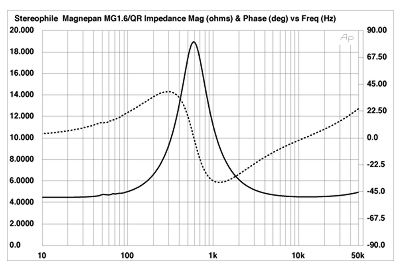cheapmessiah
Active Member
I'm relatively new to this hobby, I play, or played, bass more or less with proper equipement but my last amp I bought was 10 years ago, and somehow I "forgot" about looking for RMS power ratings when looking for amps in headphones, which is the industry standard for musical instruments, or at least for good equipment companies.
I've been researching the hifiman he6/he6se and its amp matching suffering for users of this unit, and reading about amps like the 789 and the rest of the "high power" headphone amps sometimes not being enough came across someone asking if his amp would be enough, him having his amp rated for 5w@32ohm, because he didnt know if it was continuos power, and then it hit me, most companies arent disclosing the power ratings in RMS watts...
Is the ecosystem of this hobby so corporate ****** and user uninformed that noone is demanding for usable power ratings?
I've been researching the hifiman he6/he6se and its amp matching suffering for users of this unit, and reading about amps like the 789 and the rest of the "high power" headphone amps sometimes not being enough came across someone asking if his amp would be enough, him having his amp rated for 5w@32ohm, because he didnt know if it was continuos power, and then it hit me, most companies arent disclosing the power ratings in RMS watts...
Is the ecosystem of this hobby so corporate ****** and user uninformed that noone is demanding for usable power ratings?



